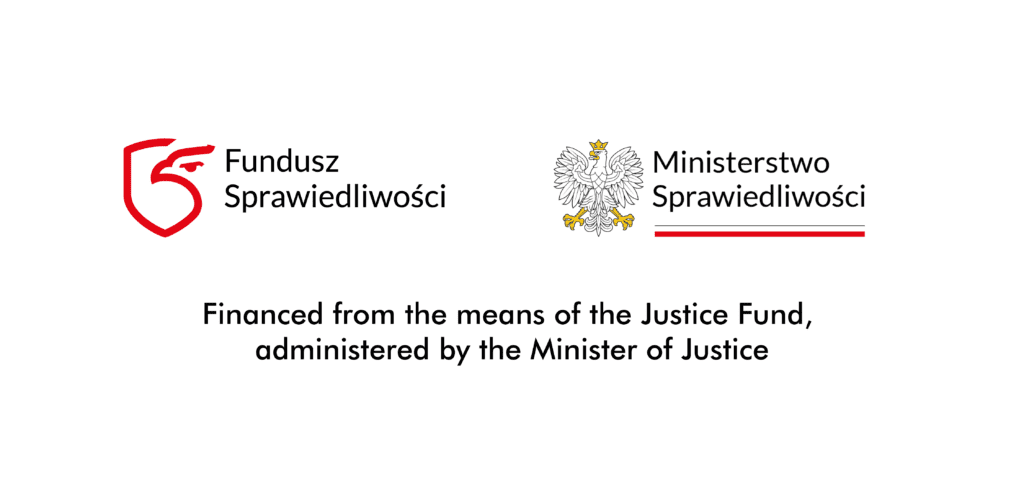Brussels using green transition to take power in regions – How this is done in Silesia

The green transition and decarbonization are being used to deconstruct the economy, cut back production, make EU member states increasingly dependent on EU subsidies, and turn industrial countries into just a market for foreign products, hampering further economic development. And all this in the name of protecting the climate.
Andrzej Krzystyniak
At the end of November last year, the Silesian Voivodship (province) saw a reshuffling of political forces in the provincial assembly that allowed the liberal-left opposition to take over Silesia from the more conservative Law and Justice (PiS) party. This in itself is nothing unusual: such unexpected changes of power have happened more than once before. Politics has its own rules. Party interest is not always understood by voters, and political commentators, who are more accustomed to the twists and turns of political action, can themselves be at a loss sometimes.
But leaving aside the political aspect of the province’s Marshal (president) – together with three councilors – shifting allegiance to the opposition, it is worth reflecting more deeply on what occurred in the Silesian assembly, looking at this key region for the Polish economy from a broader perspective.
Two weeks after PiS was ousted from power there, the Silesian Voivodship was visited by the Vice President of the European Commission, Frans Timmermans, who at a press conference held together with Voivodship Marshal Jakub Chełstowski, former European Parliament President Jerzy Buzek, and others, announced the granting of billions of euros in EU funds directly to Silesia for the “restructuring of the region.”
That was seemingly good news for all those who live in Silesia, and it was accompanied by comments from politicians about the urgent need to mobilize those billions of euros, which will allow the province to transform itself from a region of coal-based “dirty industries” into a region of “modern” or even “state-of-the-art” technologies. “Today at 10 a.m., the European Commission approved all five just transition plans for Poland. This means that 3.85 billion euros are now available to five regions for the transformation towards, among other things, advanced high-efficiency industry,” Timmermans said, during a press conference at the Silesian Stadium in Chorzów.
It is noteworthy that the Polish government was completely ignored in the process of allocating money and preparing restructuring plans that will lead to the liquidation of mines in line with the move away from coal.
Representatives of the European Union ostentatiously avoided Warsaw and traveled directly to Katowice, where they emphatically declared that for regions such as Poland’s Silesian Voivodship there is no alternative to decarbonization. The European Commission’s deputy director-general for Regional and Urban Policy, Normunds Popens, bluntly said that the “green transition” is the only possible way for the entire continent. He also warned that “The environmental forecasts are alarming. If nothing is done, half of Europe will be under water in half a century. That’s why we are so happy that such commitments have been made in Upper Silesia.”
According to him, “Upper Silesia already has many good examples of transition. This includes the region’s capital, Katowice. There used to be a mine on the grounds of the Silesian Museum. Today it hosts art,” Normunds Popens noted. One can thus conclude from Popens’ statement that Europe’s salvation lies in turning industrial facilities in Silesia into museums.
But leaving aside opinions on the prospect of half of Europe being flooded by water or of mines being turned into museums, the way the Polish government was ignored by EU and regional authorities put the central authorities in Warsaw in a rather embarrassing position. A dangerous line was crossed, with the threat of the Polish state losing part of its control over a sizable part of its territory.
Who will the regional authorities listen to? Their own government, or the EU institutions sending them money on which the region’s development will depend? All that we know today about those modern technologies which are supposed to be at the core of future economic development is that they cannot be based on energy derived from coal, as is the case with Silesia’s industry today.
Is this the beginning of a planned introduction of more Brussels-based decision-making in member countries regarding environmental issues and climate protection? It is significant that EU representatives have begun their destructive green march from the regions, in this case from Silesia. The dependence of the regions on subsidies to finance the “green transition,” which was admittedly agreed to by the Polish government at an earlier stage, can be seen as a consequence of attempts to cause the disintegration of nation-states such as Poland.
Local governments’ autonomy weakening EU member states: The example of Poland
Interestingly, Poland’s western neighbor, Germany, does not seem to have similar dilemmas regarding decarbonization. In recent years, the German media have released stories every now and then about the opening of a mine in Germany, or the resumption of electricity production derived from hard coal, or more often lignite. Although Germany has declared that it will abandon coal completely by 2030, this is rather hard to believe with the German economy relying so hugely on lignite.
A symbol of Germany’s ruthless energy expansion, based on lignite, is the powerful energy conglomerate RWE, which in 2018, disregarding the protests of the local community and environmentalists, demolished the historic church in the village of Immerath in North Rhine-Westphalia. The neo-Romanesque basilica, known locally as the Immerather Dom (meaning “Cathedral of Immerath”), like the entire village and its residents, lost an uneven battle with the lignite mine.
This is just one example of Germany’s expansion into lignite mining and investment in coal-fired power generation. Observing this type of action, can we really assume that Germany will actually give up coal by 2030?
Did the European Union, which is concerned about the residents of mining regions in Poland, not notice the drama of the displaced residents of Immerath? Why didn’t it try to save the people from displacement and the historic church from demolition? It is worth noting that the experience of the people of Immerath is one of several such cases in Germany. That country, while declaring that it will phase out coal by 2030, is carrying out ruthless razing of entire villages, and the declared date for abandoning coal seems not to have slowed down this process of demolition and population displacement in any way.
“Accelerating” the decision to abandon coal will probably not save the German village of Lützerath in North Rhine-Westphalia, which, to its misfortune, lies above lignite deposits. Despite protests by environmentalists and residents over the past two years, the mayor of Heinsberg, Stephan Pusch, issued a general order banning anyone’s presence in Lützerath in early December 2022. Thus, the police were allowed to forcibly remove defiant residents from January 2023. The district administration announced police intervention against those who disobey the decision. As we can see, the German road to decarbonization is convoluted.
Poland, on the other hand, is being asked to abandon coal mining as soon as possible. What would the European Commission’s reaction be if villages were to be razed the ground in Poland to make room? After all, Poland has promised to move away from coal “only” in 2050.
There is, however, a much more important aspect to this whole abandonment of coal, to which the Silesian daily regional newspaper Dziennik Zachodni has rightly drawn its readers’ attention: Vice President Timmermans’ visit may come as a surprise as no local government in Poland has been authorized to negotiate anything on behalf of the Polish government, which is the only authority that can represent Poland in talks with the European Commission about funds allocated under the National Recovery Plan. As a matter of fact, one gets the impression that the Silesian Voivodship is not going to need the Polish government at all in its EU-funded regional development plans.
Shouldn’t we see this as an attempt by Brussels somehow to detach a sizable part of the Polish state from Warsaw, when the government there was in the hands of Law and Justice and its United Right coalition, so much disliked by the Eurocrats? This has set a dangerous precedent, and the threat is particularly great in Silesia, where organizations that make no secret of their hostility to the Polish state operate openly.
In accordance with the principle expressed in Article 3 of the Constitution of the Republic of Poland, Poland is a unitary state, which means in particular that it is characterized by the integrity of its territory, the identical legal status of all its territorial units at a given level, as well as consistency in the organization of public authority.
It is obvious here, as has been noted by some commentators, that the unity and coherence of public authority, mentioned in the Constitution, has been undermined by Brussels’ action, to say the least. Let us hope that a day of reckoning will come sooner than later.
The Marshal of the Silesian Voivodship may not have been aware of the paradox of the situation and of the threat it poses to Polish sovereignty in Silesia when foreign functionaries come and make important decisions while bypassing the country’s central government. Again, we are talking here about a region with strong pro-German separatist tendencies.
What is worse, there has hardly been any protest from Polish authorities at any level, be it in Warsaw or in Katowice, about those huge amounts of money allocated directly to Silesia by Brussels to liquidate the region’s industry. These are funds that will make Poland poorer rather than richer, and will increase its dependence on EU funds.
All of this is very reminiscent of the 18th-century Polish-Lithuanian Commonwealth before the partitions, which put an end to the country’s independence for over a century, the only difference being that in the 18th century some Poles resisted, albeit ineffectually. In 2022, no one in authority issued a word of objection.
Some might conclude that the coming of foreign officials to Silesia was to the advantage of the Polish government, which is in desperate need of EU money. But if the “green transformation” is carried through to the end it will certainly lead to the collapse of large parts of the Polish economy and its industry, further depriving Poland of real economic strength and independence.




